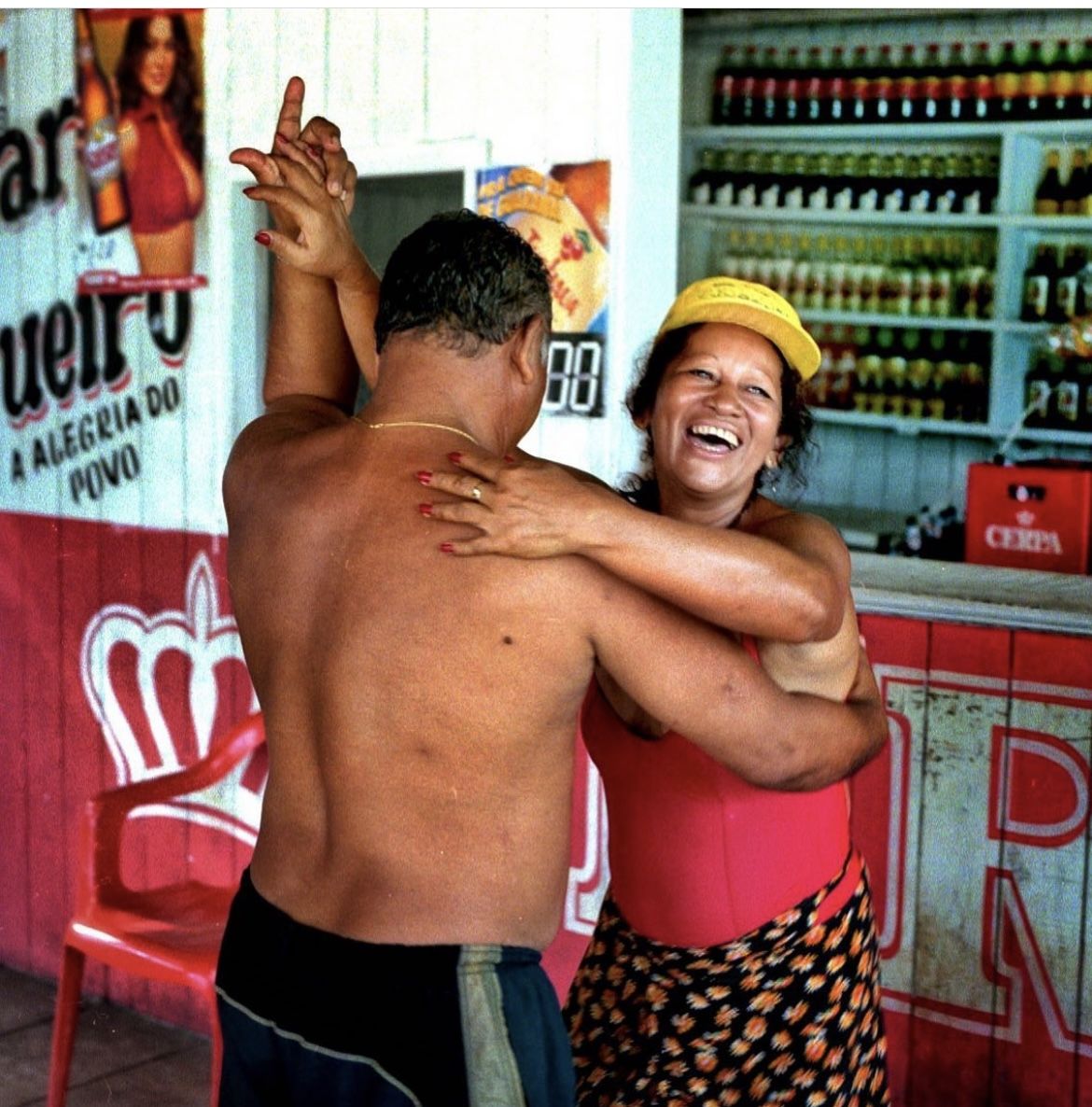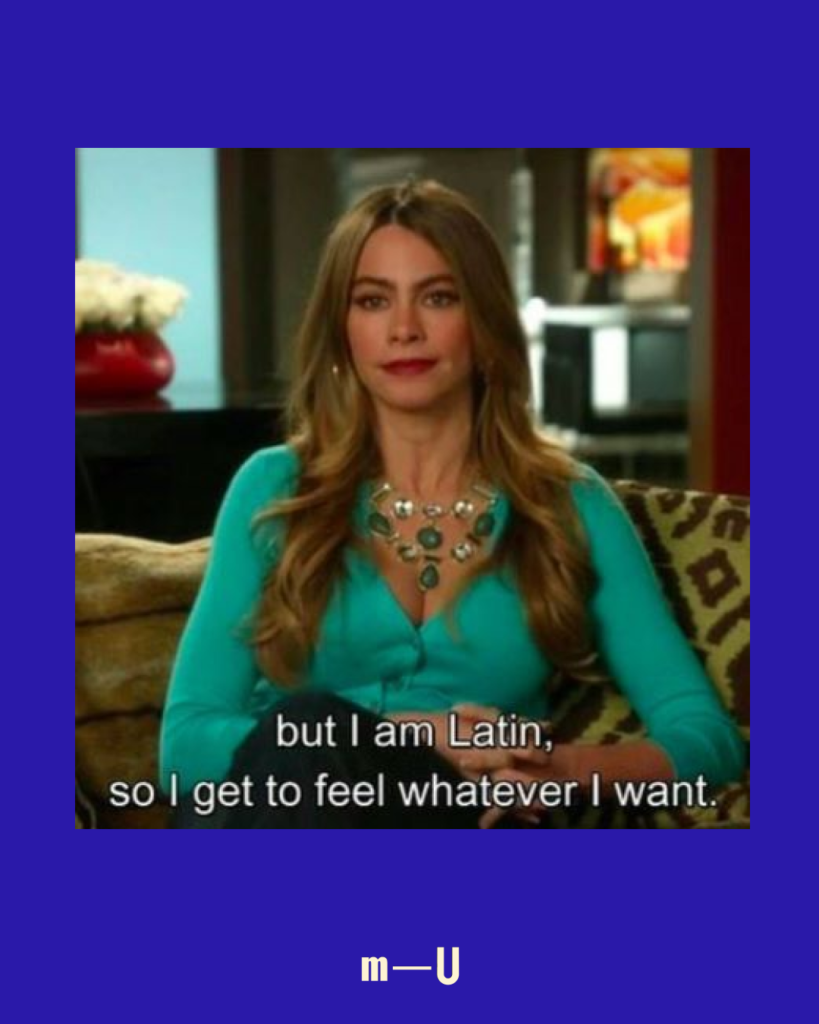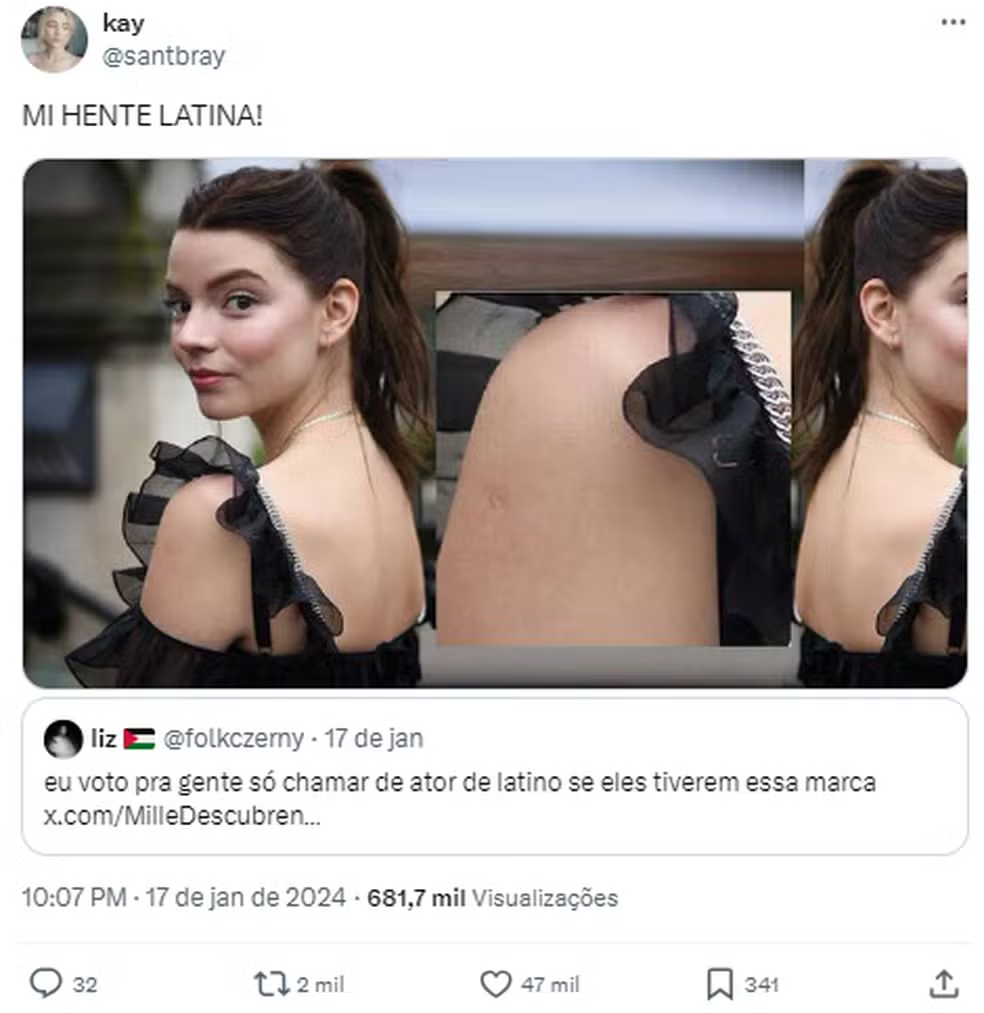
In recent years, Latin America has captured global attention: from Latin music to Latin fashion, and from film to digital trends and Latin culture. But what does it really mean to be Latin? Is it just a style, or an identity shaped by history, resilience, and creativity?
The concept of Latin identity emerged in the 19th century, initially proposed by European thinkers to justify their political influence in the Americas. Over time, Latin American scholars reinterpreted it, making it a tool to strengthen cultural identity and encourage regional connection among countries.
Being Latin goes far beyond geography or language. It is the result of centuries of historical experiences, blending indigenous, African, and European legacies, expressed through resistance, creativity, and constant reinvention. Today, Latin identity shows up in multiple ways: music mixing traditional rhythms with pop and reggaeton, award-winning films and series, and fashion trends celebrating local cultural traits.
In Brazil, the connection to Latin identity is complex. While geographically part of Latin America, language and strong U.S. cultural influence make it harder for some to identify as Latin. Yet cultural expressions show the connection: from classics like Soy Loco Por Ti América by Caetano Veloso and Sangue Latino by Secos e Molhados to modern successes like Anitta’s global reggaeton hits.
Being Latin in Brazil means navigating between regional identity and national uniqueness, recognizing a living, diverse, and evolving Latin identity built on history, creativity, and resilience.

“ahora todos quieren ser latino’, pero les falta sazón, batería y reggaeton”
Bad Bunny
Today, Latin music is experiencing historic growth. Artists like Bad Bunny and Anitta turn music into cultural and political statements, taking Latin identity to global stages. In 2024, the region saw a 22.5% growth in music revenue, according to the Global Music Report da IFPI.
Cinema and TV also showcase Latin America’s creative potential, with productions like Ainda Estou Aqui and 100 Years of Solitude gaining international recognition.
Digital trends highlight the global reach of Latin culture: from Anya Taylor-Joy’s “vaccine mark” memes to “copy & paste Latina” jokes, and foreign visitors drawn to Brazil’s beaches, cuisine, and energy, Latin identity is celebrated worldwide.
In Latin fashion, brands reclaim cultural heritage, blending tradition and innovation while breaking Eurocentric standards and reinforcing regional authenticity.
A famosa “marquinha de vacina da Anya Taylor-Joy”, as brincadeiras de “copy & paste latinas” e o fascínio de visitantes estrangeiros pelo Brasil que adoram nossas praias, comida e ginga, mostram como a cultura latina é consumida e celebrada, mesmo fora do continente.Na moda, marcas latino-americanas resgatam traços culturais, conectando tradição e inovação e rompendo referências eurocêntricas, reforçando a autenticidade da região.

Despite viral trends and cultural appropriation, being Latin is deep and multifaceted. Identity is built on historical trajectories, resistance, and cultural diversity, inviting reflection on how to celebrate, consume, and share this culture consciously.
Being Latin means creating, resisting, expressing, and reinventing. It acknowledges centuries of history, cultural mixtures, and inequalities while generating creativity, energy, and global impact.
More than a trend or fashion, Latin identity is a living force connecting the past, present, and future from streets to social media, beaches to global stages.